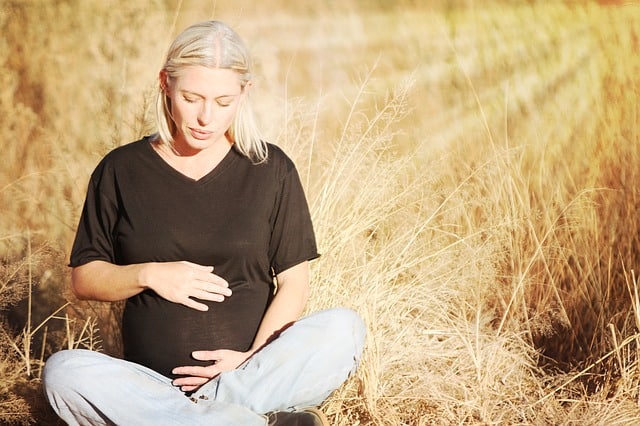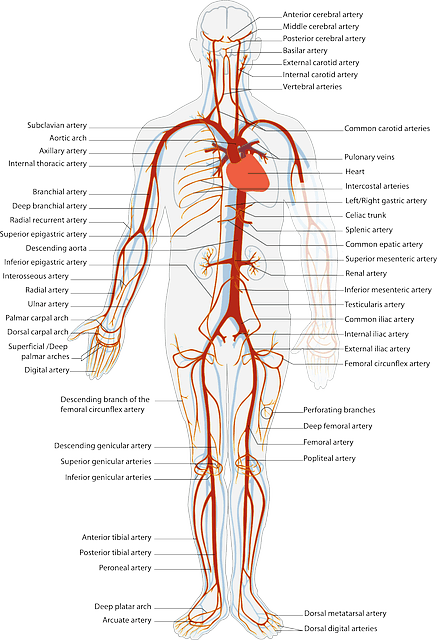This is a subject that generally isn’t openly discussed – it’s no surprise there, really.
But the good news is – Yes, you can reduce symptoms and relieve the pain of vaginal varicose veins.
You’re also not alone if you have them. While vaginal varicose veins, also known as vulvar varicosities, are not widely discussed, many pregnant women experience vein swelling in the vulva or vagina.
We have a whole post concerning Pregnancy and Varicose Veins.
This condition usually happens in pregnancy due to increased pressure on your pelvic floor and blood flow. The result is the vagina or vulva developing varicose veins.
Common symptoms of vaginal varicose veins include:
– Pain in your vulva
– Feelings of pressure or fullness
– Discomfort and swelling
In extreme cases, the dilated (full) blood vessels start to resemble swollen and dark purple veins, even reaching the point where they look like large earthworms.
How can you prevent this condition from worsening, reduce swelling, or even heal it? Treatment generally follows five main points.
Compression support garments
Wearing an abdominal band that has groin bands for compression therapy is key to support and treat vaginal varicose veins. Direct compression force on your vulvar or vaginal varicosities helps prevent swelling, puts support on your swollen veins, and helps keep the blood moving in the area of the pelvic floor in order to prevent varicosities and pooling.
Some support products also include shoulder straps, which is even better. They give your abdomen a lift, further lowering pressure on your pelvic floor.
Avoid long periods of standing
The second step is to avoid standing around for long periods of time. Try to take regular breaks that relieve pressure in your pelvis; this can be as simple as a short period of lying down or sitting.
If your job requires standing up, wearing compression supports during working hours is even more important. This will help counteract the pressure from the baby’s added weight, combined with gravity, putting downward force on your varicose veins.
Ideally, ask your employer to give you periods of time during the day when you can change from standing to sitting. If possible, lie down for 10 minutes here and there.
Of course, not all jobs will allow this, but since you are pregnant, the rights to safety that apply to you at your job also apply to your baby. Have your obstetrician provide a note that states your needs and give this note to your employer.
Elevate your hips
While lying down, put a pillow under your bottom to elevate your hips. This will help improve blood flow in your pelvic floor area, reducing swelling in the veins.
Use cool compresses
Also, when you have a chance to lie down, put some cool compresses on your varicose veins to reduce swelling and ease your pain. Be sure the packs are cooled to refrigerator cool rather than frozen so that they feel relieving and comfortable.
Avoid heavy exertion or lifting heavy objects
While this can be difficult if you have a toddler, you should avoid lifting heavy objects. When talking with your toddler, squat down instead of lifting them, or sit down and ask them to sit on your lap to talk.
Ask someone else for help lifting groceries or other similar heavy objects.
In general, ask others for help!
Often, women are used to being helpers rather than asking for help, but as pregnant women, you must take care of yourself. Plus, you might make someone’s day when you reach out and ask for help.
Further Information:


 Now this page is
Now this page is 